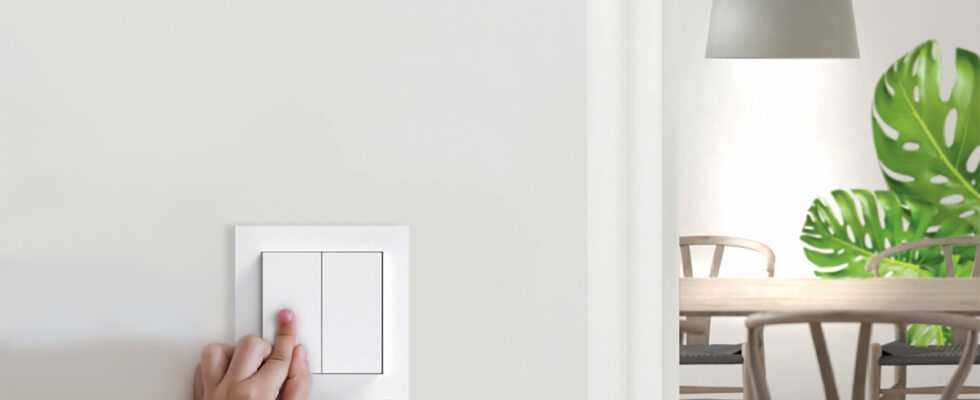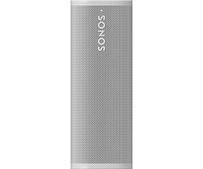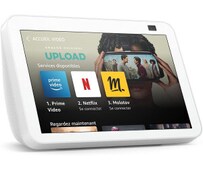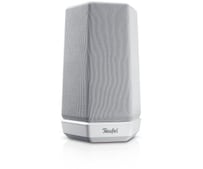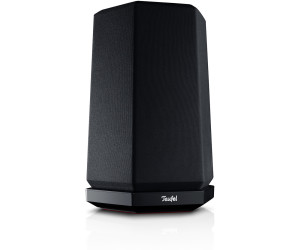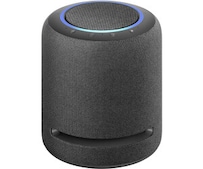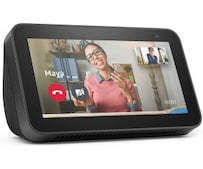Smart lamps can be conveniently controlled via app and voice. Stupid only when someone turns them off reflexively with the light switch on the wall. Then the wireless bulbs no longer receive power and do not react to requests via app or voice command. Only one thing helps: a smart replacement for the wall switch. But be careful when buying! Because wall switches are smart in very different ways.
Smart wall switches for Philips Hue & Co.
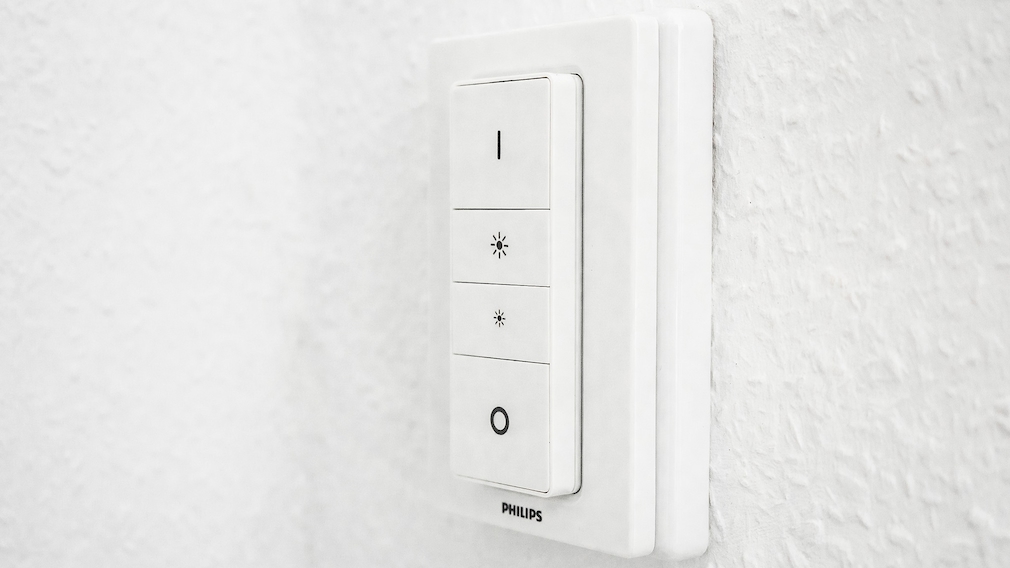
Very simple: the Philips Hue remote control is parked in the Samotech switch panel.
Philips Hue dimmer switch plus bezel
The simplest solution without interfering with the electrical system: block existing switches with a cover and place the Hue dimmer switch (20 euros) on top. This combination of cover and dimmer switch reliably replaces conventional light switches – and at a reasonable cost and effort. However, the visual impression is not particularly elegant because the switch construction is thicker than usual in any case. The result is not compatible with the design of common light switches. If that doesn’t bother you, the bezels from Samotech and Iyoki, for example, are pragmatic solutions for less than 10 euros, the Hue dimmer switch sticks magnetically in them. Depending on the adapter, the previous switch panel including the decorative frame must be removed. The inner workings of the old switch remain in the wall and remain permanently “on”. Don’t touch the wiring, just put the new cover on it. There are two Hue dimmer variants:
- New Hue dimmer switch: The covers from Iyoki match the current Hue dimmers. There’s a fairly bulky model (“Standard”) and a thinner one (“Pro”), both covering a single light switch.
- Old version: If you have the older Hue dimmer version, use the Samotech SM201 adapter. If you have combinations with several light switches or with switches and sockets in the wall, use the SM217 to SM219 multiple frames and the SM202-HD intermediate frame for the Hue dimmer.
Basically, the Hue dimmer switch offers two dimming buttons, an off button and an on button, with the on button switching between cool and warm white when you press it up to five times. You can reprogram them in the Hue app, for example to scenes like “Tropical Twilight” or “Northern Lights”. A button cell with a service life of up to three years provides energy for the switching commands via ZigBee radio.

Friends-of-Hue switches are compatible with standard switch ranges from large electrical manufacturers.
Friends of Hue: Perfect integration
Do you want the wall switches to match the other switches perfectly? Under the license name “Friends of Hue” there are wireless pushbuttons from electrical suppliers such as Busch-Jaeger, Eltako, Jung, Opus, Senic and Gira as well as Voltus. The models have shift paddles with the usual edge length of 55 millimeters. In this way, frames and covers from various switch ranges can be used – as an alternative to the covers supplied. The wireless switches do not need a battery, they get their supply energy from the switch pressure (“energy harvesting”). Disadvantage: the loud clicking noise. In addition, the buttons are not cheap at 50 to 70 euros. There are two options for mounting:
- Add switches: In the simplest case, stick the wireless pushbutton anywhere on the wallpaper. Corresponding adhesive dots are in the box. Senic and Gira also have sealed outdoor versions for outside walls.
- Replacing switches: The wall buttons can be screwed onto the flush-mounted box of the previous light switch. However, the old switch insert has to be removed from the socket and the remaining cables need to be bridged in order to permanently supply the smart bulb with electricity – a case for the electrician.
Setting up the wireless pushbutton via the Hue app is easy. A key combination registers the modules on the Hue Bridge. You then assign up to four buttons each with a function for a simple press and a longer hold. On, off, dimming or atmospheric color scenes? Switch single or multiple lamps? You have the choice.
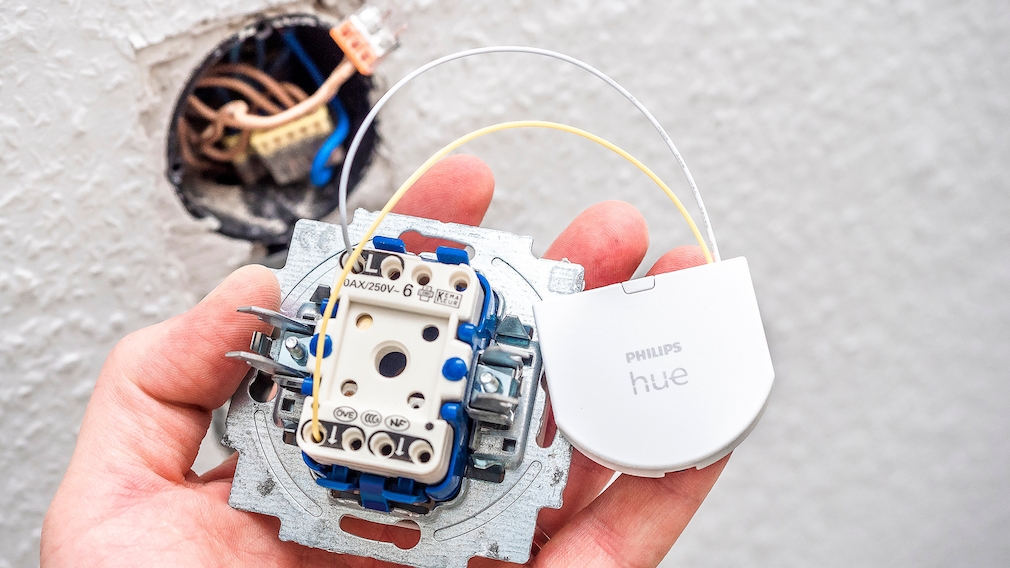
The Philips Hue wall switch module fits behind existing wall buttons and is powered by a button cell.
Philips Hue wall switch module: perfectly hidden
- Flush-mounted: The 38 millimeter thick module needs a sufficiently deep flush-mounted box.
- Double switch: The wall switch module has two pairs of connections for light switches, so that it can also be combined with a double switch or with two wall switches one above the other.
- Battery operation: The module receives its supply voltage from a button cell. It should last around five years. The change can also be done by laypeople because the light cables remain untouched.
- Setup: The Hue system is logged in via the Hue app. Aside from simply snapping on and off, it can remember three scenes. You activate them with double and triple clicks on the light switch.

ZigBee actuators such as those from LED Trading can be connected to up to four buttons and disappear behind the previous switch in the wall box.
For professionals: ZigBee actuators for Hue & Co.
So-called ZigBee flush-mounted actuators are similar to the wall switch module from Philips, but are more versatile. They manage without loud switching noises and batteries, because they use the house power supply for their power supply. However, so that the smart lamp is permanently powered and is not disconnected from the switch, the Hue Bridge must recognize the ZigBee actuator as Friends of Hue technology.
- Models compatible with Hue: The “ZigBee flush-mounted module for Friends of Hue” from the Berlin lighting specialist LED Trading is suitable. However: It is unclear whether the interaction with the Philips system will work in the long term – the official Philips license is missing. That’s the compromise you make for the bargain price (40 euros). The actuator, measuring 43x50x15 millimeters, fits into a normal-sized flush-mounted box and translates switching commands from any four-way button into radio signals for the Hue Bridge. However, the cabling is a professional thing. Important: In contrast to the Hue wall module, the actuator needs a neutral conductor in the socket (blue connecting wire). This is missing in many older installations.
- Installation in the app: There is no entry for such ZigBee actuators in the Philips Hue app. Instead, you choose the installation path of a wall button and assign the button functions in the tried and tested way. As a result, the flush-mounted actuator offers the same control options as Friends of Hue buttons.
Conclusion: Analog light switches are really smart
Simply switching the light on and off in passing – that is often smarter and more practical than fumbling around in the mobile app or arguing with Alexa. Smart wall switches also prevent radio-controlled illuminants and lamps from being accidentally disconnected from the mains. Which variant you choose is primarily a question of cost and aesthetics. The attached remote controls are simple and cheap, but not pretty. Friends of Hue switches are the exact opposite: perfect in function and appearance. But if you decorate every room with it, you will quickly become poor. The Philips wall switch module lies in between and requires an annoying battery change from time to time.
